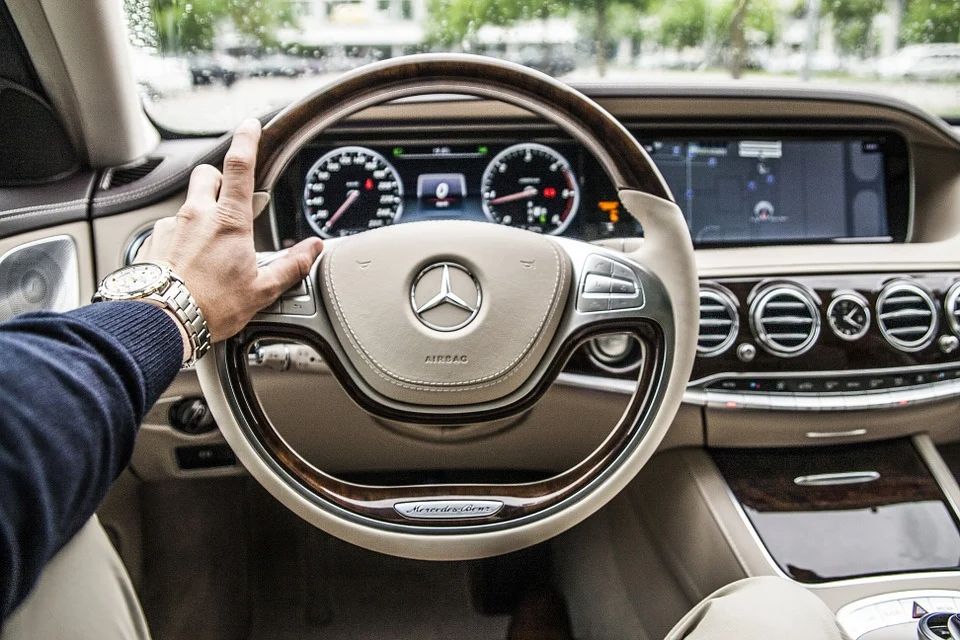
What is Mercedes BlueEFFICIENCY?
By Motor Match • 17/06/2024
BlueEFFICIENCY is a suite of technologies that Mercedes introduced from 2006 onwards, designed to improve the efficiency and sustainability of its vehicles.
BlueEFFICIENCY
In the latter years of the noughties, most German automakers were making significant efficiency pushes. VW was touting the benefits of its BlueMotion concept, and BMW launched its EfficientDynamics suite of technologies that would help drivers get more miles to the gallon. The talk in the press was about a new wave of vehicles that would help to solve the fossil fuel crisis and abate climate change.
Thus, this was the environment in which Mercedes’s BlueEFFICIENCY concept developed. The automaker had always been at the forefront of motor vehicle technology. And now that “going green” was very much in vogue, it wanted to be a part of the trend.
What Is BlueEFFICIENCY?
BlueEFFICIENCY is a trademark name Mercedes-Benz uses for its most eco-friendly and economical passenger cars. The package of measures aims to reduce rolling resistance, aerodynamic drag and to optimise its engine technology further. Engineers from multidisciplinary backgrounds, tinkered with all sorts of elements of the automaker's vehicles, doing whatever they could to make them go farther on a single tank.
By contrast to its rivals, Mercedes took pains to implement technology that would work based on how its customer actually drove their cars. Engineers did ample real-world testing to see how iterations of its efficiency improvements would work on the road, going more than two-million kilometres during in-house experimentation. Eventually, Mercedes put together an E-Class package it claimed reduced fuel consumption by an astonishing 23 per cent over the base model, ushering a new era of efficiency at the firm.
You may have come across BlueEFFICIENCY when searching for used Mercedes cars for sale and simply it is similar to rival technologies such as VW’s BlueMotion and BMW’s EfficientDynamics. Like them, it is an umbrella term that refers to a cluster of efficiency improvements. None of them is individually impressive, but taken together they add up to something quite spectacular.


Lower Aerodynamic Drag
Mercedes engineers were shocked by the fact that aerodynamic resistance accounted for more than half of the drag forces acting on their cars driving at 80 km/h. Therefore, they set about finding ways to modify the chassis of various vehicles in the company’s lineup, looking for ways to reduce this figure.
A leading issue, they discovered, was the fan shutter - a component that accounted for 10 per cent of the vehicle’s overall drag. Typically, the shutter is a static device that allows air to roll in through the front of the engine compartment to cool the radiator. But Mercedes engineers wondered whether they could improve efficiency by creating an electro-pneumatic control system that would open and close it, according to temperature requirements. Doing this would let them reduce drag when the engine required less cooling and increase it when it needed more.
Once Mercedes fit all the necessary sensors and servos controlling the fan shutter action, it managed to save 0.2 litres per 100 km for a vehicle travelling at 130 km/h, which was quite impressive.
Engine Management
Mercedes also wondered whether it could improve mileage by fiddling about with its engine management systems. It did this via several methods, including:
- Replacing old mechanical superchargers with turbochargers offering direct petrol injection, improving the thermodynamic efficiency of the port injection system
- Using an intelligent thermal management system that only pumps coolant to the cylinders when the engine is already warm, reducing the time it takes to warm up to optimal temperature levels
- Installation of a new converter for five-speed automatic transmissions that reduces hydraulic losses
- Implementation of a system that shifts the transmission to neutral when the car comes to a standstill, reducing engine load
- Changing the nature of the power steering pumps so that they operate on an on-demand basis, instead of always being on
- Disengaging the air-conditioning compressor from the engine’s belt drive when not in use
- Controlling the fuel pump output so that maximum output is only used during full-load operations
While these engine management improvements sound a little technical, many of them were common sense. For instance, it doesn’t make sense to run the power steering or air-conditioning when those systems weren’t in use. BlueEFFICIENCY corrected that.

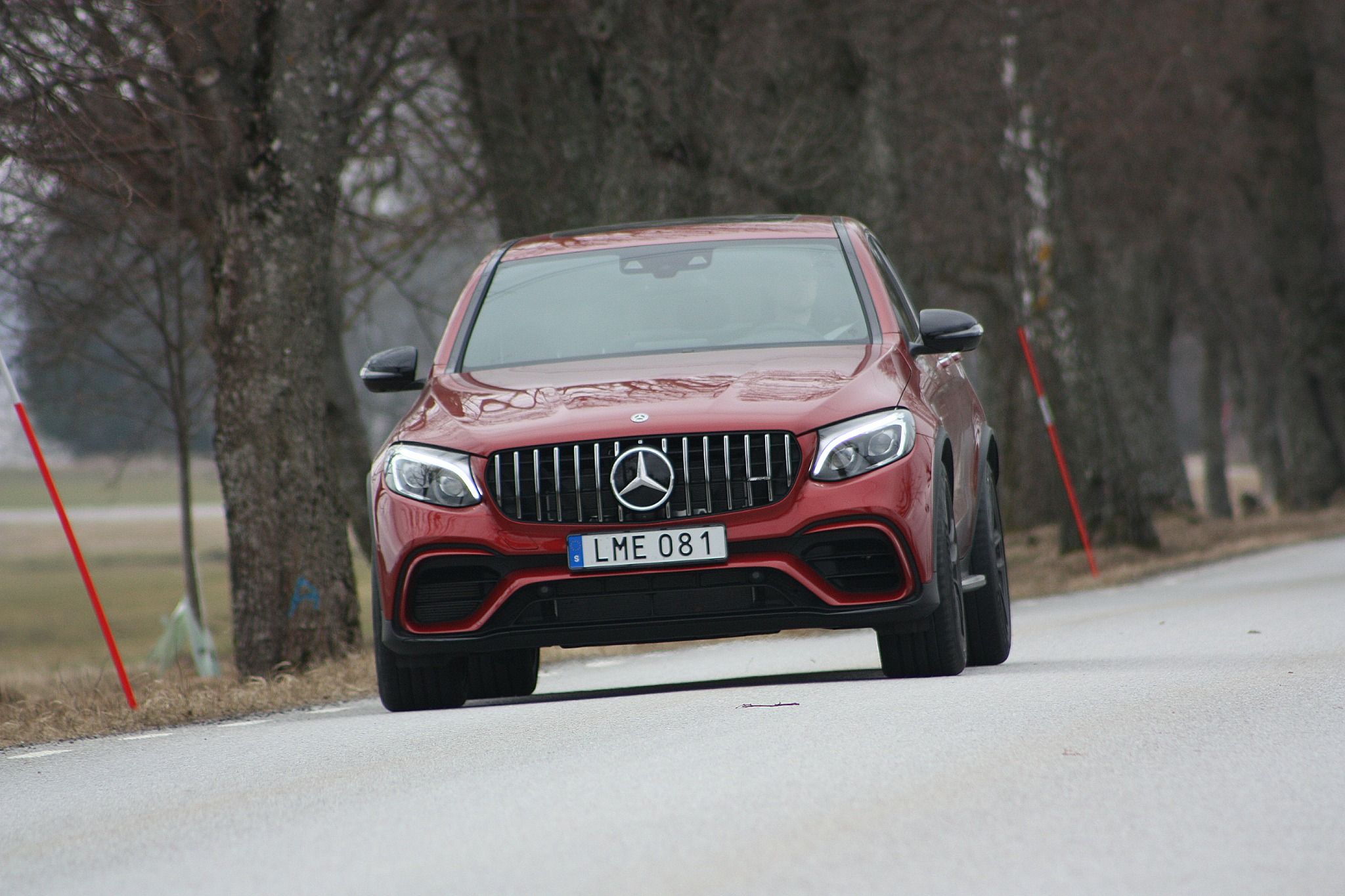
Energy Recuperation
Mercedes also saw that there were other tricks that it could use to increase the efficiency of its vehicles. One central idea was energy recuperation - converting the kinetic energy of forward motion into a form that the car could use again.
Cars convert kinetic energy into heat when they brake, due to friction between the brake pads and the rotors. Mercedes engineers, however, saw that they could use engine braking to increase the kinetic energy in the alternator, allowing it to generate more electricity for the battery. That extra power could then reduce the burden on the engine or even provide direct power to the wheels.
Mercedes estimated that the change saved its drivers around 0.1 litres of fuel per 100 km on the motorway and around 0.2 litres per 100 km in regular city traffic.
Lightweighting
Mercedes also wanted to reduce the weight of its vehicles without compromising on cost, performance or functionality. Engineers, therefore, began working on a newly developed laminate-glass windshield using technology from its Maybach luxury sedan series. This simple change helped the company save around 1.2 kg.
Mercedes also worked to reduce the weight of the insulation in its vehicles using computer simulations and special materials. Instead of just guessing how thick the sound-proofing resin needed to be, it used complex modelling to observe how sound waves would interact with it, allowing engineers to cut the total weight by 20 per cent.
While costly, Mercedes also started moving more of its models over to forged wheels which are typically lighter than conventional alloys. Weight savings topped 1.8 kg per wheel, saving around 7.2 kg in total.
ECO Start/Stop Function
Finally, Mercedes introduced a start/stop function for its vehicles, starting with the E 200 CGI BlueEFFICIENCY model. Engineers built it so that direct petrol injection would stop when the driver shifts the car into neutral and disengages the clutch and restart once they put the car back in gear.
Direct-start technology allowed the vehicle to restart ignition quickly, without the usual delay, noise and sputtering. Mercedes also introduced some other features in line with its rivals, such as low rolling resistance tires and dimmed cockpit displays. For instance, it worked with Michelin to develop tyres that were both lightweight and offered a low rolling resistance coefficient. It was also proactive on the driver-side of the equation, bringing its ECO driver training courses under the BlueEFFICIENCY umbrella.
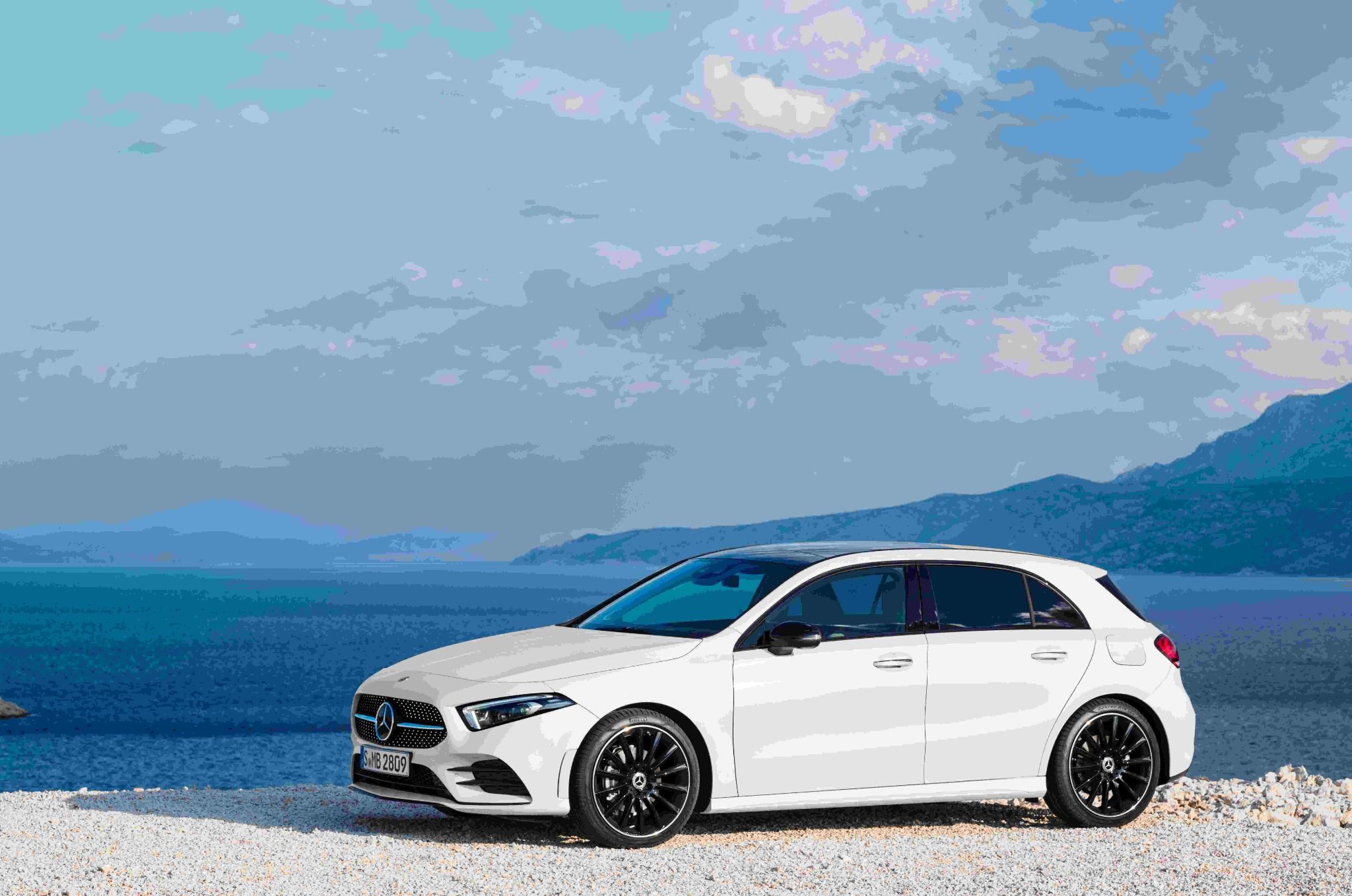
BlueEFFICIENCY Models
Because the concept of BlueEFFICIENCY goes back such a long time, many used models come equipped with aspects of the technology. When the technology first rolled out, the C180 Kompressor, C200 CDI and C350 CGI all got a makeover. The C200 CDI received the full works, getting all of the enhancements discussed above plus a 2.2-litre engine capable of 55.4 mpg. These innovations allowed owners of these vehicles to avoid higher road tax bands, including here in the UK.
Why BlueEFFICIENCY Is Better Than Other Manufacturer’s Technology
BlueEFFICIENCY is similar to VW’s BlueMotion and BMW’s Dynamic Efficiency. All three are umbrella brands that tell customers that the vehicle they’re buying offers the best mileage and lowest CO2 output in its range.
But there are some features of BlueEFFICIENCY that make it slightly better than the solutions offered by its rivals.
Take BlueMotion, for instance. Here VW played around with aerodynamic efficiency and gave their vehicles longer gear ratios. But they didn’t go to the kinds of engine management extremes that Mercedes engineers did, tinkering around with virtually all their vehicle’s subsystems looking for energy savings. Similarly, while BMW also introduced a host of features to improve efficiency through technology alone, it didn’t get close to Mercedes’ staggering 23 per cent improvement. Instead, it relied on adjusting the driving style of its drivers to make its boldest efficiency claims.
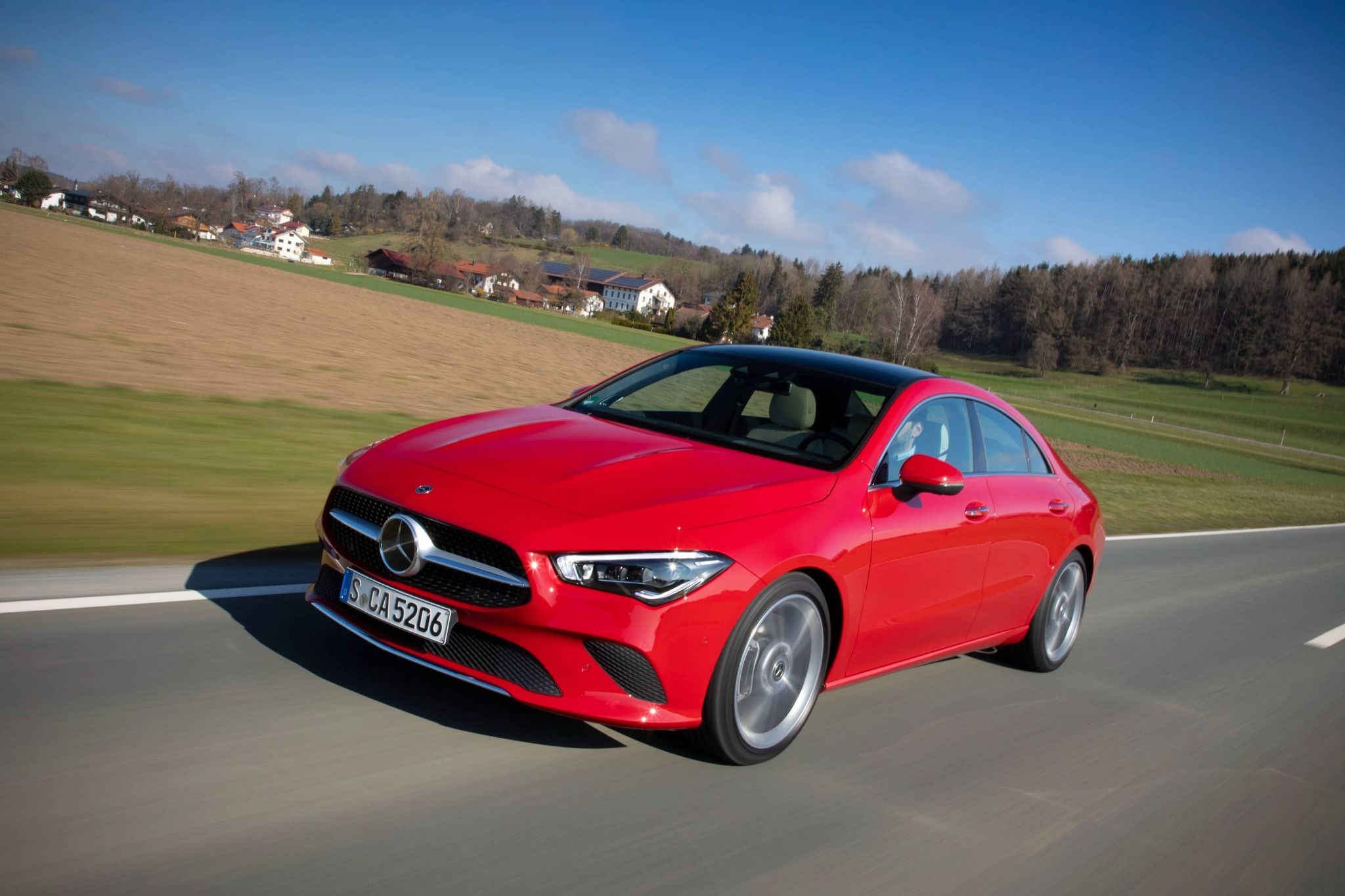
What Is The Difference Between Mercedes BlueEFFICIENCY Vs BlueTEC?
Branding names are supposed to help consumers differentiate between various products and technologies. However, right from the start, consumers have been confused about the difference between BlueEFFICIENCY and BlueTEC.
BlueTEC is Mercedes’ marketing name for engines that use its advanced NOx-reduction systems. Vehicles equipped with the technology use a combination of nitrogen oxide absorbers, selective catalytic converters and diesel particulate filters to reduce pollution.
Mercedes introduced the new system on its Mercedes E-Class and GL-Class in 2006 - the year VW launched the first true BlueMotion Polo. In 2007 and 2008, the technology helped Mercedes get onto Ward’s Ten Best Engines list.
Strangely, Mercedes introduced the technology because of the increasing efficiency of the modern diesel engines. When the company moved from the Otto Cycle to the Diesel Cycle, the higher-temperature air-fuel mixtures generated more NOx - and, in some cases, this exceeded regulatory requirements. The new technology, therefore, was a reaction to the need to produce more efficient engines while also keeping pollution production to a minimum.
The way BlueTEC works is complex and involves multiple steps. Here’s what happens:
- Diesel oxidation catalysts react with hydrocarbons and carbon monoxide leaving the engine, turning them into less toxic secondary compounds.
- A NOx absorber begins removing nitrogen oxides.
- Particulate filters block soot from escaping and store it, ready to burn it off when the filter gets full.
- A selective catalytic converter concerts remaining NOx molecules into harmless nitrogen and water.
BlueTEC, therefore, is a little bit like BlueEFFICIENCY in the sense that it is a collection of technologies. However, BlueTEC refers solely to innovations that improve emissions and reduce toxic fumes escaping the exhaust. It does not refer to energy-saving or fuel-efficiency technologies elsewhere in the vehicle.
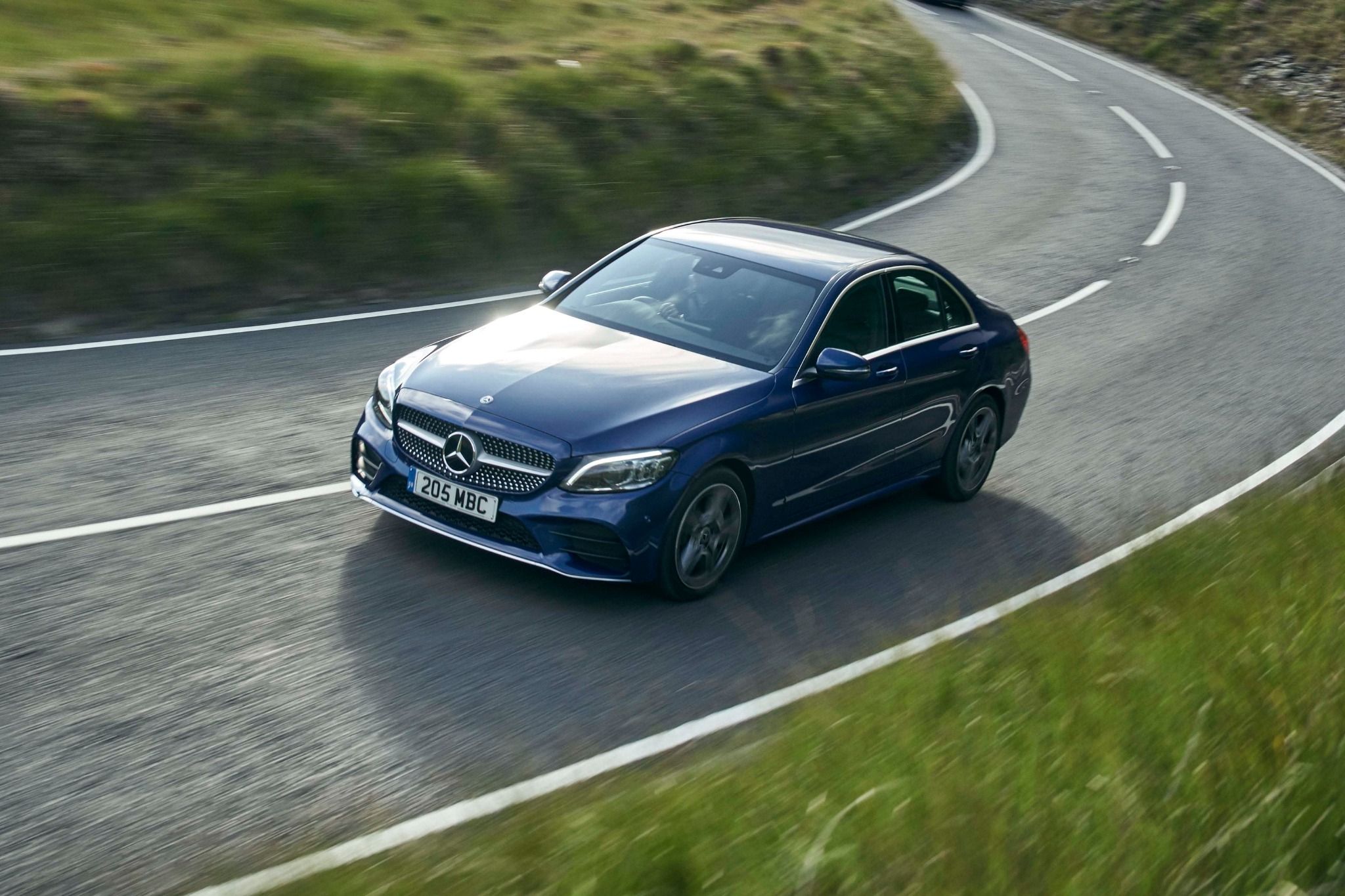
Lower Fuel Consumption
BlueEFFICIENCY was Mercedes’ response to BMW, which was first to market with a raft of efficiency-enhancing technologies under the EfficiencyDynamics brand. Mercedes hit back hard, getting its engineers to come up with a host of modifications that would dramatically boost the performance of its vehicles.
Ultimately, the hope was that drivers would be able to lower the cost of running their vehicles, allowing them to spend more on the cars themselves. And that is how reality played out. Mercedes estimates fuel savings above 20 per cent for the average motorist. For the first time in history, you could own a large saloon car with the mileage of a Mini.
Fewer Dangerous Emissions
Many drivers don’t like the idea that they are damaging other people’s lungs, simply by driving their vehicles. BlueEFFICIENCY, however, provides peace of mind. Cars equipped with BlueTEC, scrub exhaust fumes as they leave the engine compartment, removing the vast majority of soot and NOx particles. Drivers, therefore, can cruise around town, safe in the knowledge they are minimising harm.
Lower CO2 Emissions
Modern motorists are also concerned about their CO2 emissions, both because of the potential effect on the environment, and the tax implications. In general, the lower the CO2 production of a vehicle per kilometre, the less road tax you pay. Many used vehicles produce a lot of carbon dioxide, automatically putting you in a higher tax band. Fortunately, though, that’s not the case for BlueEFFICIENCY Mercedes, many of which produce low CO2 even compared to today’s standards.
Mercedes BlueEFFICIENCY is something of a tour de force for the German automaker. In the early days, the technology was so successful, rival manufacturer VW licensed concepts for its vehicles.
Modern Mercedes models rely heavily on the innovations developed in the BlueEFFICIENCY era. And that is one of the reasons these vehicles stand out in the used car market. You're getting premium energy-saving technology at bargain prices.
You may also like…